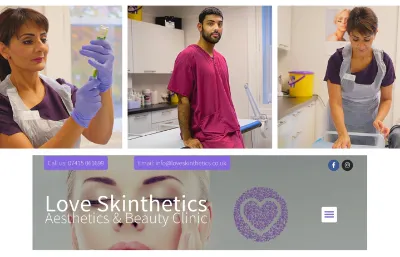The commonest implants used in the U.K. are made out of a synthetic material called ePTFE (expanded polytetrafluoroethylene). It is a white "rubbery" material - the same thing used in Gore-Tex™ boots and rain jackets - but of course it is completely sterile and manufactured only for medical implants in this form.
ePTFE was first used as an implant material in humans in the 1970s as a replacement for small sections of veins.
Since then it is estimated that more than 3 million people have had ePTFE implants. Their use includes grafts from one vein to another, hernia repair and reinforcement of the stomach wall.
Development of this material into different shapes has allowed it to be used as a facial implant for the chin and cheeks, to fill out lines and wrinkles in the face, and lip enhancement. For details on the use of implants in other areas of the face, please go to our facial implants section.
As ePTFE never shrinks and is not absorbed by your body, this type of lip implant is permanent in terms of its effect, but it can be reversed if the implant is removed later.
Brands of this product that may be used by a clinician include SoftForm®, Gore-tex® and UltraSoft® and your practitioner may call them by these names.
Other more recent product launches include FulFil™ and Permalip™.
Another different approach used by some doctors involves the use of human tissue. Some surgeons will use small strips of your own tissue (cut from areas such as the groin) and, after careful preparation, implant these strips into your lips. This is known as an autograft and has the benefits of being your own natural material which will not be rejected by your body.
In practice this procedure is now little used owing to the fact that you will have scars at the site from where the tissue has been taken, and this tissue is difficult to prepare in order to achieve a successful graft.
Alloderm® is another alternative. This uses donated human skin that has been especially prepared by removing the outer layer of the skin and freeze drying the layer underneath. Using someone else’s tissue rather than your own is known as an allograft.
Careful screening of the material for viruses is undertaken, and the skin is specially prepared so that there is little chance of your body reacting to it or rejecting it. A skin test is not required before the insertion of this implant. Over time, this biological implant regrows into the patient's own natural soft tissue. The result, although more natural than synthetic implants, is not permanent and lasts for 6 months to a year.
To view other types of implant material that may also used for lip augmentation, please go to the dermal filler section.


